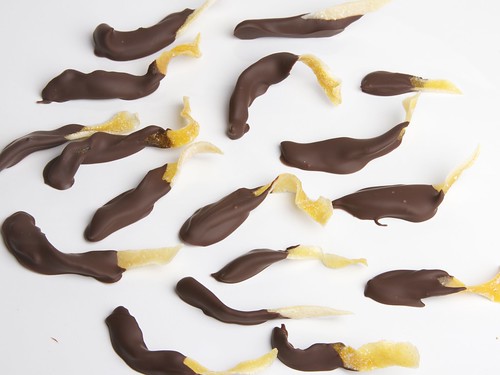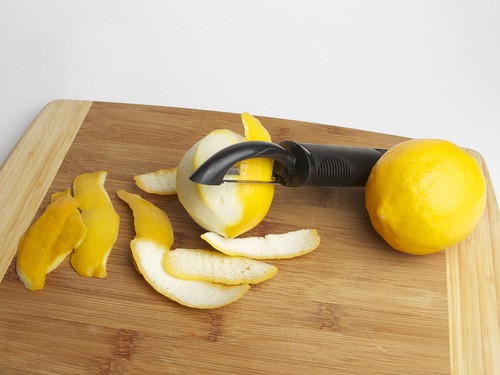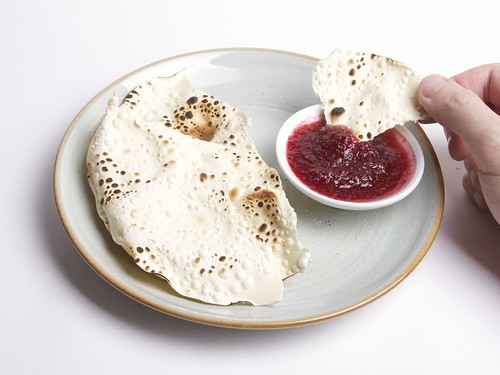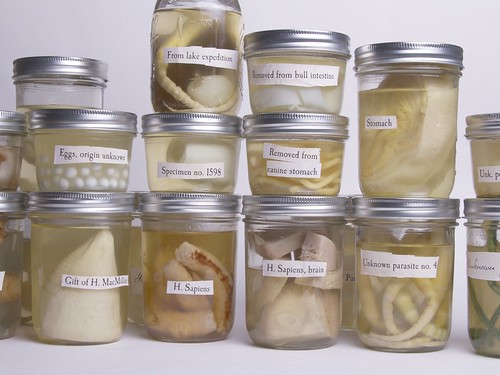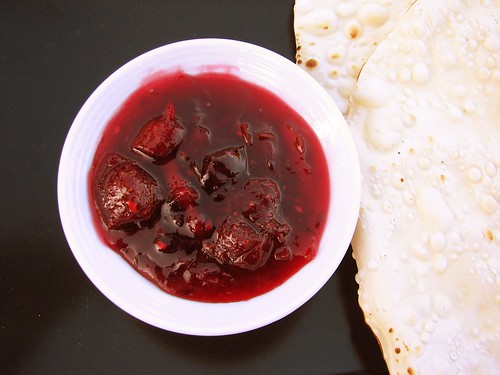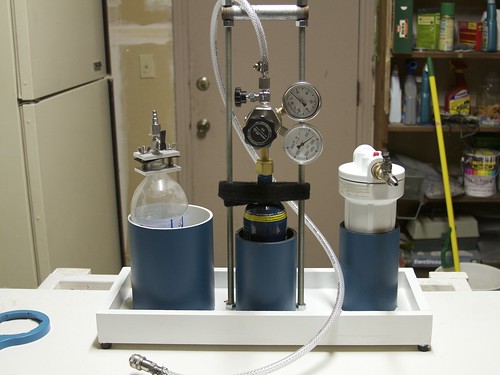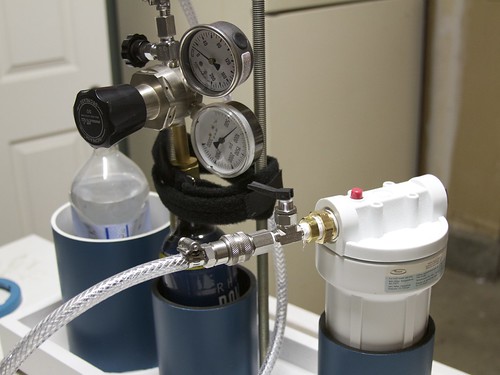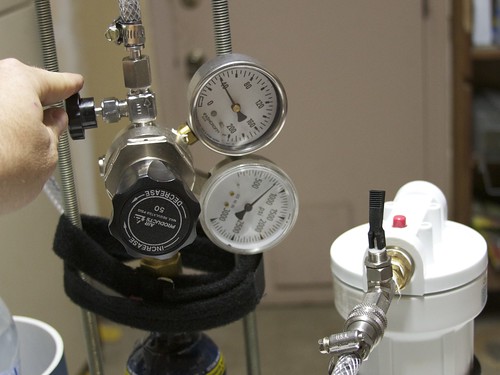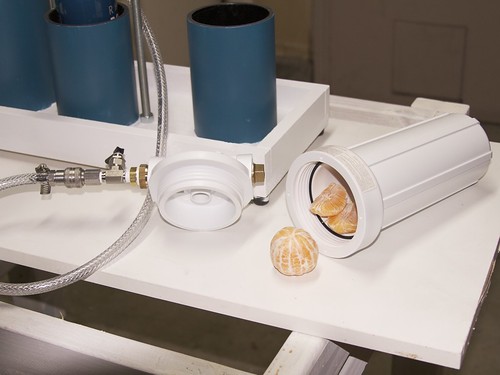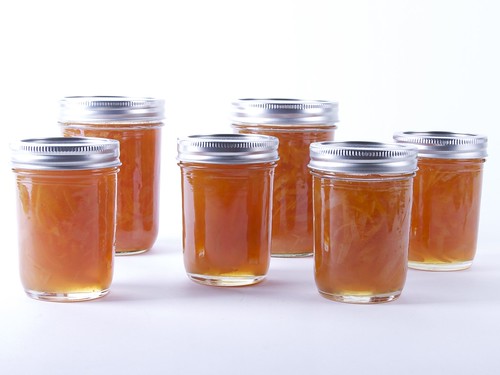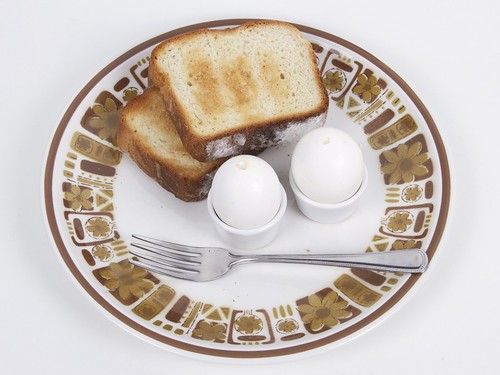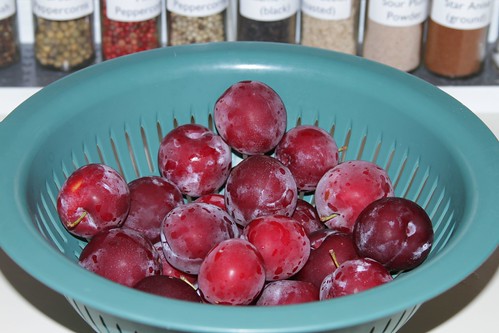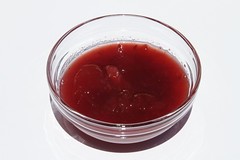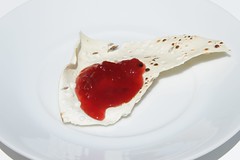Here’s some easy to make festive holiday candy that doesn’t taste anything like candy-canes, fruitcake, gingerbread or eggnog.
Tag Archives: food
Winter Holiday Projects from Evil Mad Scientist Laboratories
The Evil Mad Scientist Laboratories Holiday Project Archive!
We’ve rounded up our projects from holidays past and present and will add future projects to this archive each year. You can start with decorations or jump straight to food projects. We’re also including our cookie posts for your geeky holiday cookie making fun.
Decorations:

Holiday Edge-Lit Cards
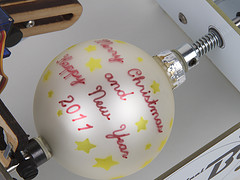
Decorating Ornaments with the Eggbot

EggBot holiday project roundup

LED Micro-Readerboard, version 2.0

Deck the halls with fine components

Vector Snowflake Application: open-source snowflake generator

Evil new year: Turn your Champagne into a DEADLY weapon!!!!

Easy high-power LED blinking circuit
Food:

Spangled Star Biscuits

Five Tricks for Thanksgiving Leftovers

Now that’s an Apple Pie!

Indian-style Cranberry Chutney

Pumpkin Spice Truffles

A Chocolate Debian

Fractal Snowflake Cupcakes
Cookies:

Fractal Cookies

Atomic Cookies

Asteroids Cookies

Ice Cream Gyoza

Circuitry Snacks

Edible Googly Eyes
Indian-style Cranberry Chutney
Or, How to make Indian-spiced cranberry sauce.
With Thanksgiving fast approaching, it’s the time of the year when fresh cranberries are in the stores, and it’s also the time of the year when we are looking for unusual flavor combinations for traditional ingredients. In that spirit, here’s a fantastic sweet, spicy and savory Indian-style cranberry chutney modeled after our favorite tamarind chutney recipe from the excellent Indian cookbook, Indian Home Cooking. Cranberries are tart like tamarind, so they work well here and bring a distinct new flavor to a familiar sauce.
Halloween Cuisine: Sweet or Savory Specimen Jars
Sweet or savory– and slightly terrifying –these specimen jars are fun to make and will give your dinner guests something to chew on. Continue reading Halloween Cuisine: Sweet or Savory Specimen Jars
Halloween Projects from Evil Mad Scientist Laboratories
The Great Evil Mad Scientist Laboratories Halloween Project Archive!
Halloween is one of our favorite holidays, and our collection of Halloween projects continues to grow. Every fall we update it to include our latest projects for the season. In the list that follows, we’ve organized dozens of our Halloween projects into categories: costumes, pumpkins, decor and food.
Last updated: 10/2019.
Continue reading Halloween Projects from Evil Mad Scientist Laboratories
Spicy Berry Preserves
This sweet and spicy fruit spread takes advantage of an overabundance of berries and takes the flavor beyond basic jams and jellies. It’s related to our Plum Chutney and our Lemon Marmalade, perfect for toast, papadums, sandwiches, or whatever needs a little zing of flavor.
The CO2inator
A guest project by Rich Faulhaber, contributing Evil Mad Scientist.
“Infusing unsuspecting whole fruit with gaseous CO2 in the entire Tri-State Area!”
In an effort to make fruit fun for the kids, I built a carbon dioxide injector from parts in my garage with the purpose of carbonating whole fruit! With a common house water filter housing, a 16 Oz paintball CO2 canister, an old gas regulator, and some miscellaneous valves and fittings, I was able to bring this fizz fruit apparatus to life, and the kids love the results.
The principle
Carbon dioxide dissolves well in water, hence the reason you find it as the source of fizz in all your favorite soda drinks. When you open your soda and let it sit out on the counter you will find that after some period of time the soda loses its fizz and becomes “flat.” The rate at which the drink loses its fizz depends on pressure, temperature and the surface area of the liquid and the environment. Skipping the thermodynamics lecture, let me just tell you that the process works in reverse as well. To reverse this process, one needs only to have a high pressure CO2 environment, a medium to infuse (i.e., the fruit) and enough time to let the gas diffuse across the fruit skin and dissolve into the water inside. Refrigerating the fruit helps tremendously in the process as well.
Parts list
- 16 Oz paintball cylinder (or a more proper CO2 tank if you happen to have one)
- Gas Regulator
- Household water filter housing
- Some hose
- Toggle or ball valve
- Miscellaneous fittings to hook it all up
- Fruit
This type of water filter housing is designed to withstand water pressures in excess of 100 psi, and it comes with two ports and an o-ring seal. These can be bought for about ten dollars at Lowes or Home Depot. Its ports are standard 3/4-inch type. Use Teflon tape (plumbers tape) on all the threads. Thread in a plug on one side and a valve on the other. I used a toggle valve with a quick disconnect to make everything easier. The hose can by any standard type rated for at least 100 psi. Small bundles are available in the plumbing section of your hardware store.
For gas handling I used an old single stage regulator. These can be quite expensive new but often times you can find deals at garage sales or in surplus stores. You don’t need anything fancy, just something to step down the pressure to something manageable– well below 100 psi. My CO2 source is a standard-issue paintball cylinder.
Procedure:
- Pre-chill the fruit in the refrigerator. Get it nice and cold. My favorites are grapes, oranges and blueberries. However, just about any fruit with a large water content will work.
- Open the house water filter by unscrewing the lid. Place your cold fruit inside.
- Connect the CO2 tank to your water filter housing. This is where the quick disconnects come in handy.
- Adjust the regulator output to about 40-60 psi, the higher the better but make sure all your connections are extra tight and sealed or “it might get dangerous.” If you think you have a leak somewhere, you can apply some soapy water where you think the leak is and look for bubbles. If you see bubble just tighten until they stop forming.
- Start pressurizing the house filter by opening the toggle valve. On top of the water filter housing there is a pressure relief button. Depress this while you fill to get some of the residual air out.
- Once pressurized, shut the toggle valve and disconnect the CO2 line. You can store the unit in the fridge or somewhere out of sight.
- Then, you wait. Depending on the fruit, temperature, and pressure, carbonation should occur between 20-60 minutes. If you go too long at too high a pressure the skin of the fruit can burst and it will be a big mess, if you go too short and at too low of a pressure, the results will be unimpressive. Experiment with your fruit, pressure, and duration until it suits your tastes.
- Open the toggle valve to release the pressurized gas then unscrew the lid to the housing and enjoy your newly carbonated fruit.
And of course, the kids love the “poppy fizz” inside the fizzy fruit.
Marmalade Redux
It’s lemon season again, and that means more marmalade!
Last year we showed how incredibly easy it is to make a simple marmalade. That kind was more of the bitter, opaque variety–which might be your favorite–but here’s how to take that to the next step and make a light and sweet marmalade.
Making omelettes inside of eggshells
While it may not be possible to make omelettes without breaking eggs, it turns out that you actually can get pretty close.
In what follows, we demonstrate some methods of making omelettes inside of eggshells. Perhaps a culinary equivalent of the ship in a bottle. Continue reading Making omelettes inside of eggshells
Plum Chutney
Our neighbors stopped by with buckets (yes, buckets) of excess plums. Not that you’ll necessarily be so lucky, but if you should happen to find a nice supply of plums, here’s something awesome you can make with them: Indian style plum chutney. Perfect for topping your samosas or naan, and at least as easy as marmalade.




